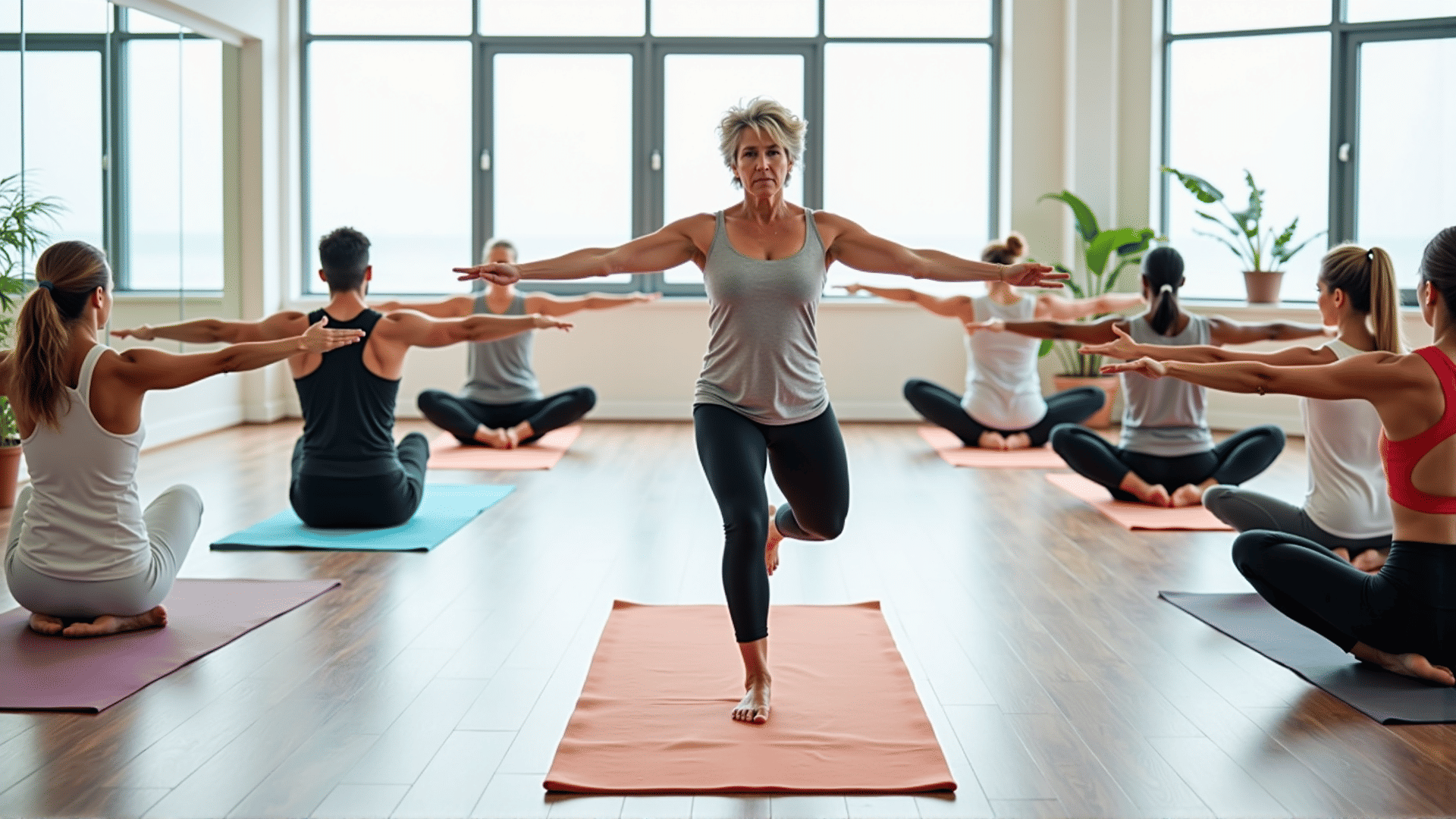Flexibility enhancement programs have gained prominence as people increasingly recognize the importance of flexibility in maintaining a healthy lifestyle. Beyond the realm of athletes and dancers, flexibility is essential for everyone as it contributes significantly to overall physical well-being, aids in injury prevention, and enhances daily performance. With age or sedentary lifestyles, our muscles and joints can become stiff, limiting our mobility and leading to discomfort or even injury. Incorporating a flexibility enhancement program into your routine can ensure you maintain optimal range of motion and improve your quality of life.
The essence of flexibility enhancement programs lies in their structured approach to stretching exercises. Unlike random or sporadic stretching, these programs are designed with a systematic approach, targeting various muscle groups to ensure balanced flexibility. They can be tailored to individual needs, accommodating beginners, intermediate, and advanced levels, making them suitable for people from all walks of life.
One critical component of these programs is dynamic stretching. Unlike static stretching, where you hold a pose for a prolonged period, dynamic stretching involves movement-based stretches that help increase the range of motion and raise the body temperature. This type of stretching is particularly beneficial as a part of a warm-up routine, effectively preparing the body for any physical activity by enhancing flexibility and reducing the risk of strain or injury.
Furthermore, flexibility enhancement programs often incorporate elements of traditional practices such as yoga and Pilates. These disciplines have long been celebrated for their ability to improve flexibility, balance, and posture. Yoga, in particular, offers a holistic approach, combining breath control, meditation, and postures that stretch and strengthen the body. Pilate's focus on core strength and alignment also complements flexibility training, ensuring stability in various movements.
Consistency is key in flexibility enhancement programs. Regular practice, ideally daily or multiple times a week, helps maintain and improve flexibility over time. Many programs suggest starting with simple stretches and progressively increasing intensity and duration as the body adapts. Measuring progress through improved range of motion or increased ease in performing certain activities can be highly motivating.
In addition to physical exercises, these programs often encompass lifestyle advice vital for attaining and maintaining flexibility. Adequate hydration, balanced nutrition, and sufficient rest are crucial components. Muscles and joints function optimally when the body is well-nourished and rested, allowing for effective recovery and growth.
To complement the benefits of structured programs, technology offers various tools to enhance your flexibility journey. Mobile apps and online classes provide guided sessions, allowing individuals to practice flexibility exercises in the comfort of their homes. Tracking progress through these platforms offers insights into improvements and areas needing more focus.
In conclusion, flexibility enhancement programs are indispensable for anyone seeking to improve their range of motion and overall physical well-being. By integrating regular, structured flexibility exercises into your routine, you can foster a healthier, more resilient body. The benefits extend beyond physical health, positively impacting mental well-being by reducing stress and promoting a sense of accomplishment. Embracing these programs is a proactive step towards a vibrant, flexible, and fulfilling life, regardless of age or fitness level.
